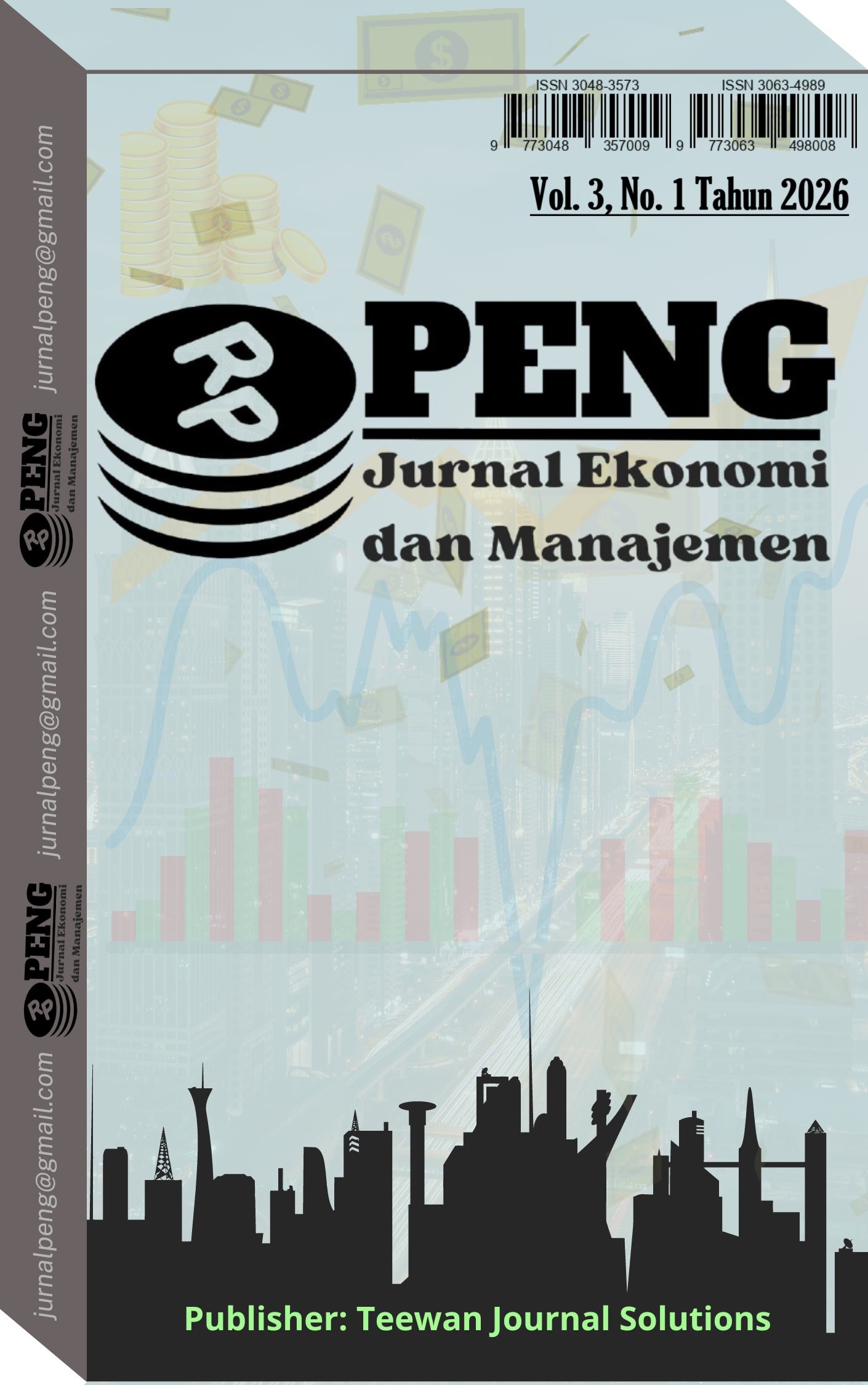Analisis Efektivitas Media Sosial sebagai Instrumen Edukasi Pajak terhadap Generasi Milenial dan Gen Z
DOI:
https://doi.org/10.62710/j63n5743Keywords:
social media, tax education, Millennials, Gen Z, tax literacy, tax complianceAbstract
This study aims to analyze the effectiveness of social media as an instrument for tax education among Millennials and Generation Z in Indonesia. The background of this research lies in the low level of tax literacy and compliance among young people, despite being the most active social media users and a dominant segment of the productive age population. Using a quantitative descriptive and explanatory approach, data were collected from 200 respondents aged 17–35 through an online survey. The results show that social media—especially TikTok and Instagram—is effective in improving understanding and shaping positive attitudes toward tax obligations. Regression analysis reveals that the intensity of exposure to tax-related content has a significant influence on tax knowledge, with an R² value of 41.1%. Most respondents reported that visual, concise, and interactive content is easier to understand and encourages actions such as registering for a Taxpayer Identification Number (NPWP) or using the e-Filing system. This study recommends that the Directorate General of Taxes and related institutions strengthen their digital communication strategies through collaborative, creative, and credible approaches to foster tax awareness among younger generations.
Downloads
References
Pratama, N.C.A. and Hartono, S. (2022) ‘Tinjuan Prosedur Operasional Media Sosial Direktorat Jenderal Pajak Dalam Rangka Edukasi Perpajakan’, JURNAL PAJAK INDONESIA (Indonesian Tax Review), 6(2S), pp. 472–487. Available at: https://doi.org/10.31092/jpi.v6i2s.1856.
Pytha Rahima and Rismayati, R. (2023) ‘Pemanfaatan Media Sosial Sebagai Sarana Edukasi Perpajakan Secara Digital (KP2KP Gerung Lombok Barat)’, Bakti Sekawan : Jurnal Pengabdian Masyarakat, 3(1), pp. 6–11. Available at: https://doi.org/10.35746/bakwan.v3i1.355.
Direktorat Jenderal Pajak. (2024). Laporan Kinerja Direktorat Jenderal Pajak Tahun 2023. Jakarta: Kementerian Keuangan Republik Indonesia.
Hair, J. F., Hult, G. T. M., Ringle, C. M., & Sarstedt, M. (2019). A Primer on Partial Least Squares Structural Equation Modeling (PLS-SEM) (2nd ed.). Thousand Oaks, CA: Sage Publications.
IMF & OECD. (2021). Tax and Digitalization: Promoting Inclusive Tax Literacy in the 21st Century. Retrieved from https://www.oecd.org
Petty, R. E., & Cacioppo, J. T. (1986). The Elaboration Likelihood Model of Persuasion. Advances in Experimental Social Psychology, 19, 123–205. https://doi.org/10.1016/S0065-2601(08)60214-2
PwC Indonesia. (2022). Tax Literacy Survey Among Millennials and Gen Z in Indonesia. Jakarta: PricewaterhouseCoopers Indonesia.
Rahmawati, A., & Nugroho, R. A. (2021). Efektivitas Media Sosial dalam Edukasi Pajak: Studi Kasus pada Generasi Milenial. Jurnal Komunikasi Publik, 9(2), 145–159. https://doi.org/10.24843/jkp.2021.v9.i2
Sugiyono. (2017). Metode Penelitian Kuantitatif, Kualitatif, dan R&D. Bandung: Alfabeta.
We Are Social & Meltwater. (2024). Digital 2024: Indonesia. Retrieved from https://datareportal.com/reports/digital-2024-indonesia
Downloads
Published
Issue
Section
License
Copyright (c) 2025 Delvina Septia Pritama, Desy Ismah Anggraini (Author)

This work is licensed under a Creative Commons Attribution-NonCommercial-ShareAlike 4.0 International License.










